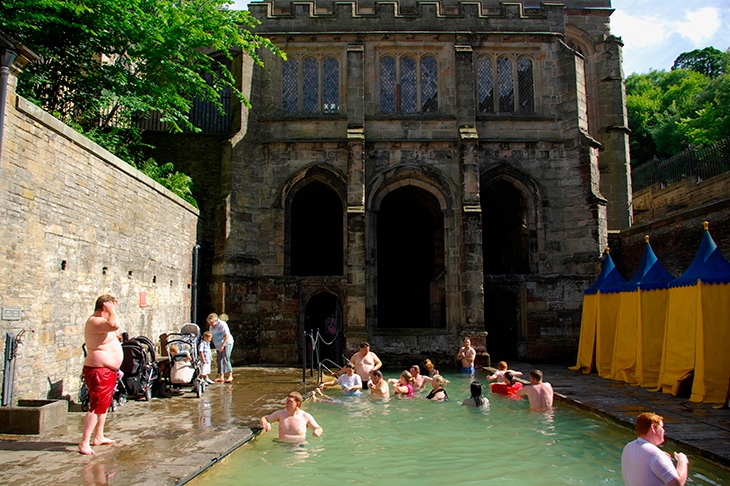Hidden away in the Old City of Jerusalem is a tattoo parlour which has been serving pilgrims for the past 700 years. The Razzouk family parlour near the Jaffa Gate claims to have been inking crosses into travellers’ skins since the 1300s. True or not, it’s a good example of how contemporary pilgrimage sites draw on an occasionally dubious history to offer something unique in a crowded travel market.
The pilgrim parlour is one of many memorable details from Peter Stanford’s Pilgrimage, which looks at how this ancient tradition has been revived for the 21st century. The book gives a brisk account of a dozen different routes and shrines, including well-known destinations such as Mecca and Rome, as well as more obscure sites such as Medjugorje in Bosnia and Herzegovina and the North Wales Pilgrims Way. A few of the destinations are surprising, such as the Inca citadel of Machu Picchu, presented here as a shrine for New Age backpackers, and the annual Mormon miracle pageants, which used to take place in Utah. But in each case we are given a history of the site, a description of the major traditions and a discussion of how it has adapted to the demands of modern tourism. At the same time, Stanford tries to explain why, in an age of increasing secularisation, pilgrim numbers are on the rise.
Pilgrimage offers the ideal ritual for the growing category of the spiritual-but-not-religious
One answer is that pilgrimage offers an ideal ritual for the growing category of the spiritual-but-not-religious. Now that more people find themselves outside any particular denomination or creed, they ‘feel liberated to explore faith and grace in whatever ways they choose, free from any institutional constraint or allegiance’. The most successful pilgrim shrines often target this category. The Camino de Santiago in Spain hosts hundreds of thousands of pilgrims each year, many of them non-believers; provided you are willing to walk the 500 miles to the tomb of St James, there’s no need to pray to Jesus or confess your sins, let alone volunteer with the needy and give away your money.







Comments
Join the debate for just £1 a month
Be part of the conversation with other Spectator readers by getting your first three months for £3.
UNLOCK ACCESS Just £1 a monthAlready a subscriber? Log in